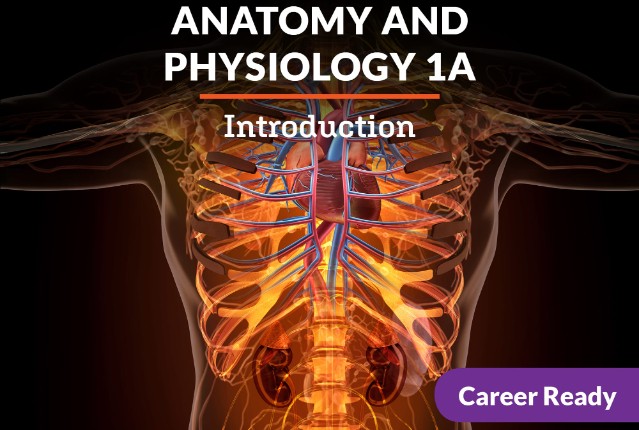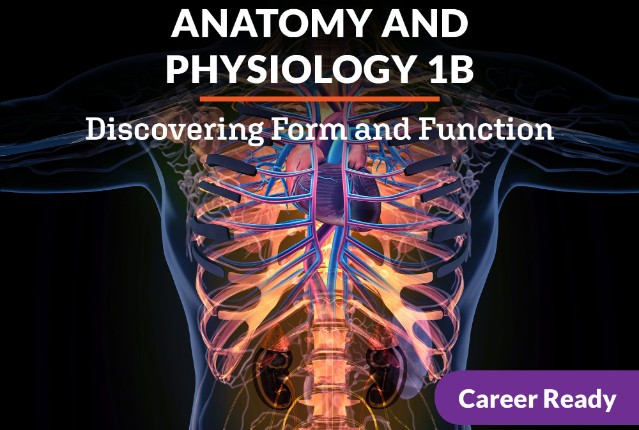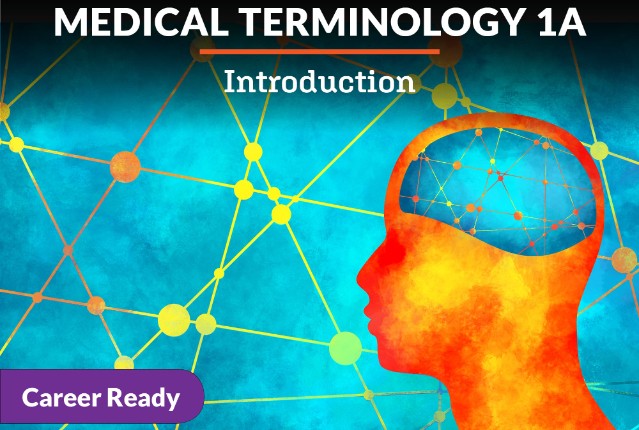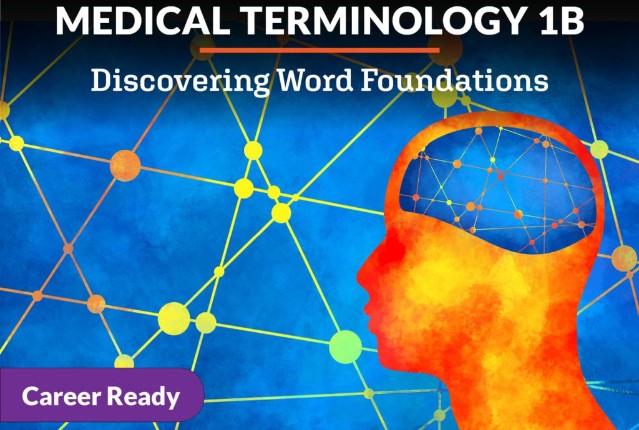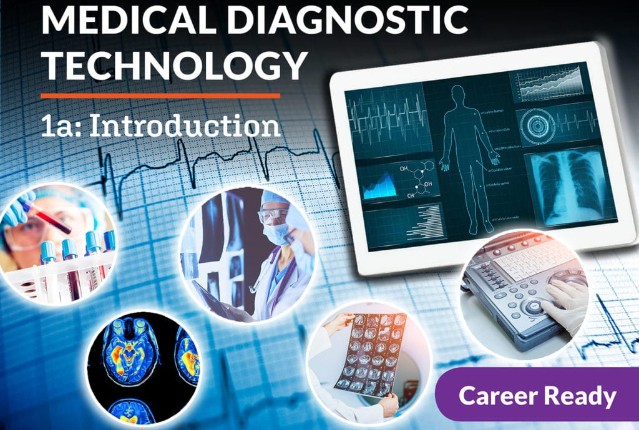
Medical Diagnostic Technology 1a: Introduction
Have you ever wondered how a health professional knows how to diagnose an illness? Or what medications to prescribe to a patient depending on the person’s body and their signs and symptoms? Learn about different diagnostic technology used and essential body systems and fluids that need to be understood to make an accurate diagnosis of a disease, condition, or illness. This career field is flourishing, and now is the time to be part of it!
Review course outlineAccess for a year
USD 299.00*
* Choose more courses to get a discount
